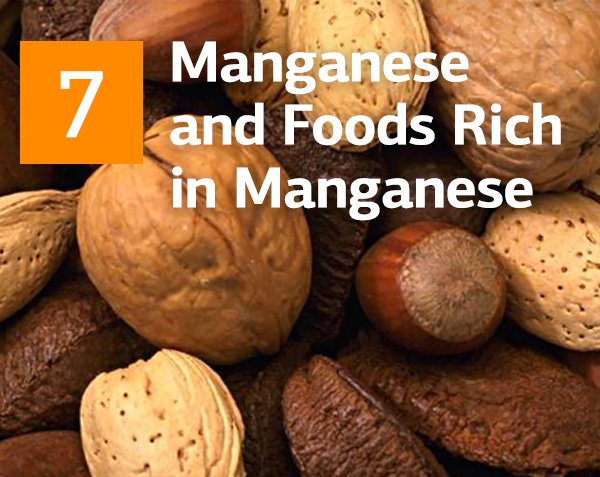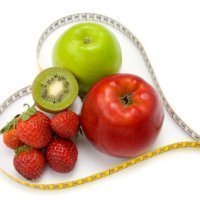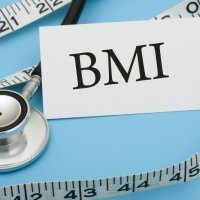Manganese and Foods Rich in Manganese
What is Manganese?
Even though it's often underestimated, manganese is one of the prime components of human nutrition. The human body requires a steady intake of manganese in order to absorb other nutrients, heal wounds and develop bones.
Manganese Deficiency
Low intakes of manganese result in poor bone condition and, eventually, may lead to osteoporosis. Fertility disorders and joint pain may also result from lack of this mineral. On the contrary, steady intake of manganese strengthens the skeletal system, fights anemia and PMS and even helps to prevent epileptic seizures! These health benefits need more scientific approval, but, in general, the importance of manganese in nutrition is indubitable. Even if the manganese deficit doesn’t directly cause the abovementioned maladies, it really helps them forward. The scientific studies have shown that people, suffering from osteoporosis, show lower levels of manganese compared to the people with healthy bones. Moreover, in course of the recent studies, all the patients with spot baldness (alopecia) have demonstrated the manganese deficit. After they started to receive enough manganese, their hair began to grow again.
The daily norm of this element is very small, near 2mg for an average adult. That’s why manganese deficiency is a rare case. On the other side, excessive intake of this element or direct exposure to it (from the environment, e.g., is dangerous work conditions) leads to the manganese toxicity, which seriously affects the neurological system. Luckily, such cases are very rare, even if you follow the diet, containing many manganese-rich products. The body handles and manages this mineral very well.
The Best Manganese Rich Foods
As the daily norm of the manganese intake is very small, the variety of foods you may use to cover it is vast.
1. Mussels
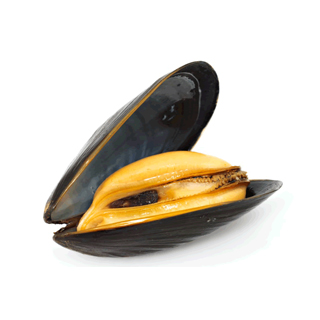
| Mussel, Blue | |
| 100 g | 1 medium (16 g) |
| Manganese: 3 mg (170% DV) |
Manganese: 1 mg (27% DV) |
First of all, pay your attention to the seafood. Mussels, for instance, are extremely rich in manganese, as well as protein, iron and omega-3. A single ounce, i.e. 28g of this gourmet food covers your daily need of manganese. Still, mussels are high in cholesterol, that’s why they should be eaten in moderate quantities and avoided by the people, suffering from heart diseases and in risk of a stroke. They also may contain poisonous and dangerous algae, which collects in their tissue and may cause paralytic poisoning. Be sure that you eat mussels, which come from a credible source. Other manganese-high sea products include clams and crayfish. They have almost the same level of manganese.
2. Hazel Nuts
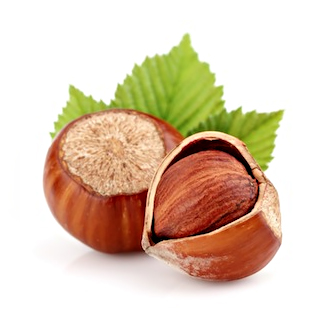
| Nuts, Hazelnuts Or Filberts, Blanched | |
| 100 g | 1 oz (28 g) |
| Manganese: 13 mg (633% DV) |
Manganese: 4 mg (179% DV) |
Raw nuts, especially hazel nuts, also help to fight against manganese deficiency. Eating nuts every day can be very rewarding for your health, especially if you follow the vegetarian or vegan diet. Moderate intake (roughly, an ounce a day) of hazelnuts, pecans, walnuts, almonds and other nuts will keep your manganese level under control. Moreover, they will keep you mentally alert, energetic, boost your memory and even prevent cancer! And this is not all, just a few benefits of regular nuts consumption. To make the most out of nuts, eat them as often as you can and alternate different kinds of them.
3. Seeds and Nuts
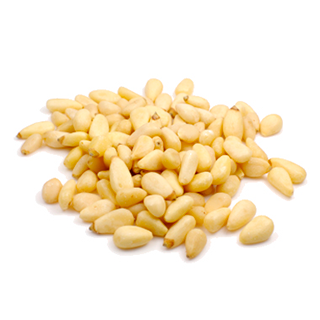 Types of Seeds, Nuts Rich in Manganese (100g):
Types of Seeds, Nuts Rich in Manganese (100g):
| Celery Seed | |
| 100 g | 1 oz |
| Manganese: 8 mg (379% DV) |
Manganese: 2 mg (123% DV) |
| Nuts, Pine Nuts, Dried | |
| Manganese: 9 mg (440% DV) |
Manganese: 2 mg (125% DV) |
Along with nuts, seeds are a perfect choice for a snack. Basically, seeds and nuts are natural containers of vital nutrients, needed for a sprout to develop and adapt to the surroundings. That is why they are naturally rich in essential vitamins and minerals and manganese is no exception. You can find it in pumpkin seeds (number one in terms of manganese content), chia and sesame seeds, flax seeds and, of course, sunflower seeds.
4. Bread
 Types of Bread Rich in Manganese (100g):
Types of Bread Rich in Manganese (100g):
| Bread, Wheat Bran | |
| 100 g | 1 slice (36 g) |
| Manganese: 2 mg (84% DV) |
Manganese: 1 mg (30% DV) |
What can be better than a freshly baked, soft and warm loaf of bread? Even though bakery is rarely considered a dietary product, whole wheat products are a good source of manganese along with a row of other essential vitamins and minerals. Regular eating of whole wheat bread, muffins, rolls and pita is a good way to fight manganese deficit, although these products have a very high calorific value and must be eaten moderately.
5. Soya products
.jpg) Types of Soya Rich in Manganese (100g):
Types of Soya Rich in Manganese (100g):
| Soybeans, Mature Seeds | |
| 100 g | 1 cup (186 g) |
| Manganese: 3 mg (126% DV) |
Manganese: 5 mg (234% DV) |
Soya products are mainly known as a good substitute of meat. To receive the same amount of protein and some other healthy nutrients as from 150g of meat, you have to eat 290g of tofu. Plant protein isn’t the only benefit of soya products, though! Tempeh (a fermented soya drink) and raw tofu are an excellent source of manganese in combination with isoflavones, which are known for their ability to fight free radicals and, thereby, prevent premature aging.
6. Winged Beans
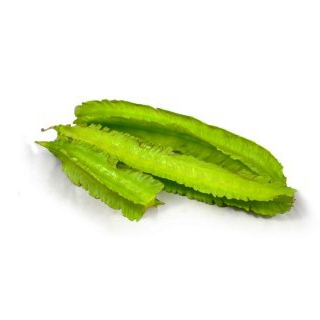
| Winged Beans, Mature Seeds | |
| 100 g | 1 cup (182 g) |
| Manganese: 4 mg (186% DV) |
Manganese: 7 mg (339% DV) |
Beans, such as winged beans, white beans, kidney beans and the other kinds are extremely good for your health. Just a half cup of cooked beans contains 7-10 grams of protein, the same amount as in the ounce of beef! A single ounce of beans will be sufficient to fully cover your norm of magnesium intake. To avoid unnecessary side effects of beans, such as flatulence, soak them and rinse well.
7. Spinach, Swiss Chard, Kale
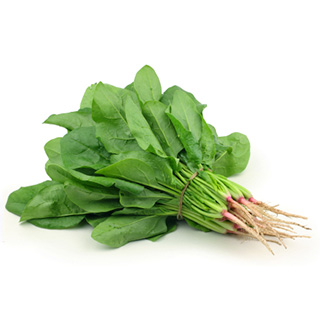
| Spinach | |
| 100 g | 1 cup |
| Manganese: 1 mg (45% DV) |
Manganese: 0.3 mg (14% DV) |
| Chard, Swiss | |
| Manganese: 0.4 mg (19% DV) |
Manganese: 0.1 mg (7% DV) |
| Kale | |
| Manganese: 0.7 mg (33% DV) |
Manganese: 0.4 mg (22% DV) |
When we talk about healthy nutrition, the only thing which comes to mind immediately is greens. Exactly, green is the color of health! Not only the raw leafy greens are the only convenient way to fight the magnesium deficit, they also serve well as the manganese source. Spinach, Swiss chard and kale are the most popular among the health lovers. The more unusual ones include amaranth leaves, Napa cabbage and beet greens.
In general, you don't have to worry about your manganese intake. Apart from the products from the abovementioned list, this element is contained in a whole bunch of different products we are used to eat every day. Nevertheless, don’t totally forget about this element. It takes part in production of energy and development of bones.
Of course, you can always take the shortest way and take a multivitamin complex. Nonetheless, it’s not proven that the human body can successfully (and without any negative effects) dispose the vitamins and minerals from such drugs. On the contrary, it is easy to overdose, especially for children. The manganese toxicity can make a child hyperactive and meddle with his or her nerve system. The same thing can happen with an adult, but this is rarely observed.
To avoid any problems, connected with manganese, make sure you eat a lot of fresh vegetables, preferably raw, and receive a sufficient amount of protein (from fish, soya or beans). As manganese is contained in all these products, it will come naturally along with them.
